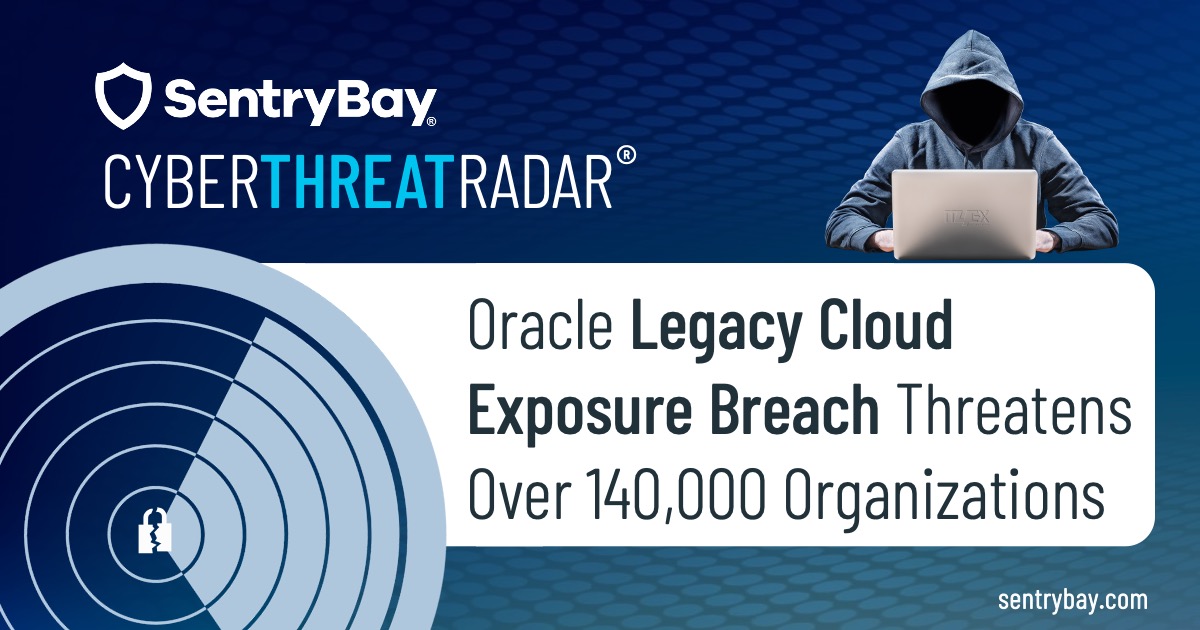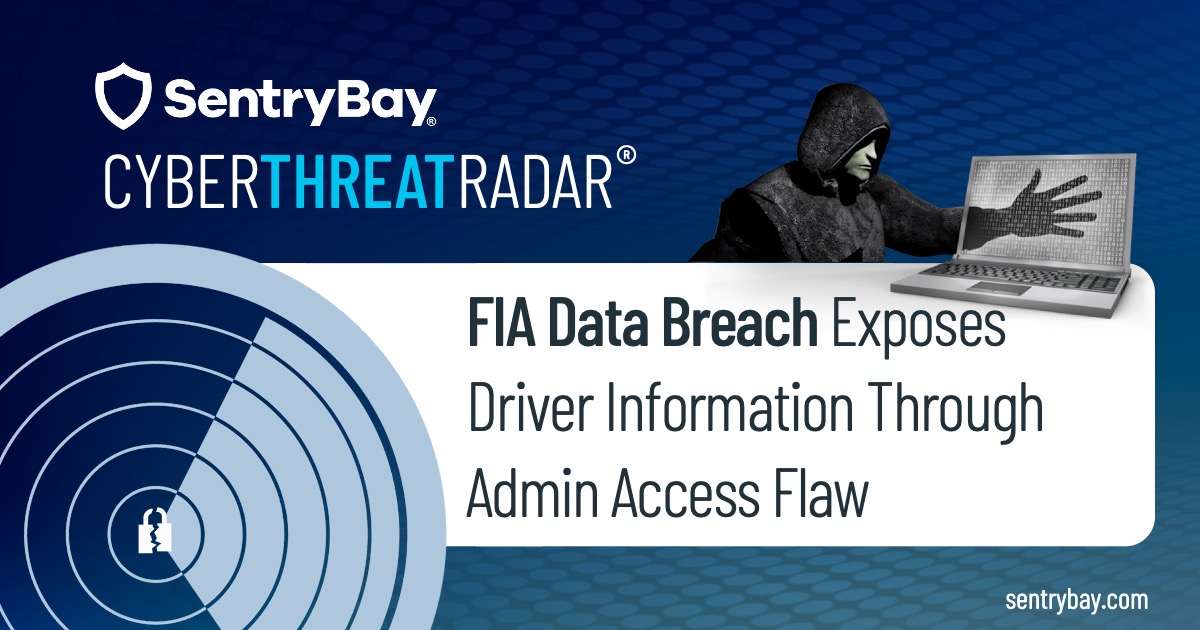
Cyber Threat Radar – The recently exposed Oracle data breach has sparked urgent concern across global cybersecurity circles. What began as quiet internal notifications from Oracle to affected customers has escalated into a high-impact incident now under investigation by the FBI.
According to federal alerts and third-party analysis, a threat actor exploited legacy Oracle cloud infrastructure, accessing sensitive identity data from Single Sign-On (SSO) and LDAP systems. The breach reportedly impacts more than 140,000 tenant organizations, spanning critical industries and government sectors.
A Breach Hidden in Plain Sight
While Oracle insists that its current Oracle Cloud Infrastructure (OCI) was not compromised, leaked communications confirm that attackers accessed two deprecated servers, enabling the theft of 6 million credentials, including encrypted passwords and sensitive key files. These credentials are now being actively marketed on cybercriminal forums, with threat actor “rose87168” allegedly leading the campaign.
To make matters worse, the hacker has been soliciting help to decrypt the credentials and threatening Oracle’s customers directly, offering to delete stolen records in exchange for payment. This extortion-style pressure campaign is a textbook case of access-as-a-service, where attackers monetize breaches by selling entry points to corporate networks.
CISA Issues National Warning
In an official statement, the Cybersecurity and Infrastructure Security Agency (CISA) confirmed awareness of the incident and warned of the long-term consequences of embedded credential exposure, especially in legacy environments.
“The nature of the reported activity presents potential risk to organizations and individuals, particularly where credential material may be exposed, reused across separate systems, or embedded in infrastructure templates or automation tools,” said CISA.
Their warning emphasizes how credential material—usernames, passwords, authentication tokens, encryption keys—can be weaponized to:
- Escalate privileges and move laterally within networks
- Compromise cloud services and identity management platforms
- Launch phishing and BEC attacks using legitimate login sessions
- Sell credential access on dark web marketplaces
- Augment stolen data from previous breaches for highly targeted intrusions
The Real Threat: Legacy Systems + Endpoint Exposure
From an endpoint cybersecurity analyst’s perspective, this incident is not just about an outdated server. It’s about the growing vulnerability of enterprises failing to secure aging infrastructure while operating under the assumption that MFA and cloud resilience will suffice.
Attackers no longer need to brute-force passwords—they wait for infostealer malware to deliver session cookies, authentication tokens, and credentials harvested silently from compromised endpoints.
In legacy environments:
- Credentials are often hardcoded into automation scripts and templates.
- Tokens and passwords are stored in unencrypted or minimally protected directories.
- Endpoint hygiene is overlooked, allowing malware to extract credentials without detection.
This is why endpoint security—not just perimeter defense—is now mission-critical.
SentryBay’s Armored Client: Proactive Enforcement for Endpoint Threat Prevention
To mitigate risks like those seen in the Oracle data breach, forward-thinking organizations are deploying SentryBay’s Armored Client—a solution purpose-built to detect and block credential harvesting at the endpoint level.
Key Features:
- Anti-Keylogging: Stops credential theft by substituting randomized input at the OS level.
- Anti-Screen Capture: Blocks unauthorized attempts to screenshot sensitive information.
- Selective Screen Sharing: Enables productivity tools while blocking data exfiltration methods.
- Real-time Enforcement: Unlike traditional detection-based tools, Armored Client prevents compromise before it occurs.
Fully Compatible With:
- IGEL OS-powered devices
- Microsoft Azure Virtual Desktop (AVD)
- Windows 365 environments
Oracle Breach Signals a Global Security Reckoning
“Incidents like the Oracle data breach highlight a stark reality: aging infrastructure combined with insufficient endpoint security creates the perfect storm,” said Tim Royston-Webb, CEO, SentryBay. “Attackers aren’t hacking in—they’re logging in, using stolen credentials captured via keyloggers and screen capture malware. SentryBay’s Armored Client provides critical enforcement at the system level, ensuring that credentials remain protected, no matter how outdated the backend may be.”
The Oracle data breach is not an isolated event—it reflects a growing trend where legacy systems, endpoint exposure, and credential reuse converge to create systemic risk. For global organizations, cloud service providers, healthcare systems, and government agencies, the message is clear: Endpoint protection is not optional—it’s foundational. Prevent keylogging, stop screen capture, and secure credentials before attackers weaponize them. Deploy SentryBay’s Armored Client today.



